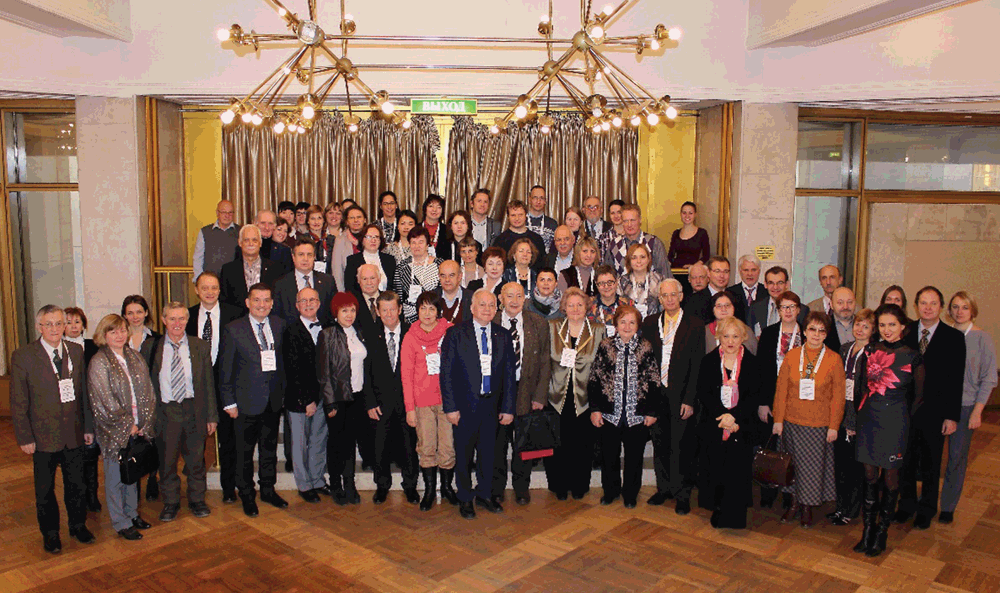Microbial biodeterioration and biodegradation
İpek Kurtböke , Irina Ivshina and Linda L BlackallMicrobiology Australia 39(3) 115-116 https://doi.org/10.1071/MA18036
Published: 3 September 2018
Microorganisms including bacteria and fungi can use a wide variety of organic compounds as their carbon and energy sources and exploit numerous options as electron acceptors facilitating their ability to live in diverse environments. Such microbial biodegradative activities can result in the bioremediation of polluted sites or cause biodeterioration. Biodegradation and biodeterioration are closely related processes, and they often involve the same organisms, processes and materials. Biodegradation can contribute towards recycling of materials in the biosphere and prevent accumulation of undesirable wastes. They can also be used in bio-clean up processes (e.g. oil spills) as well as in bio-transformations such as photosynthetic sulfur bacteria oxidising H2S, allowing the growth of H2S-sensitive species. Microbially mediated metallurgy can facilitate recovery of precious metals or desulfurisation of oil. The man-made compound perchloroethylene (PCE) is a major ground water pollutant and it can be fully biodegraded by naturally occurring bacteria like Dehalococcoides mccartyi, which generate energy from hydrogen oxidation then reductive dehalogenation in anaerobic respiration. A current long term detrimental impact from plastic waste could be ameliorated if efficacious plastic biodegrading microbes were available. All these microbial characteristics can cleverly be exploited in environmentally friendly processes for the benefit of mankind.
On the flip side, biodeterioration can result in undesirable changes in the properties of materials and equipment due to microbially mediated degradation. Products from animals and plants are largely biodegradable while other products from other sources can be resistant to microbial biodeterioration. Glass, metals, paints, plastics, rubber, pharmaceuticals, cosmetics, and jet fuel systems can be subjected to microbial degradation and bacterial slimes can be a detrimental issue in paper mills. Biodeterioration can be costly to both manufacturer and the customers. Moreover, use of biocides can result in environmental pollution and even if the biodegradative microorganisms are eliminated their hydrolytic enzymes cannot be inactivated leading to loss of quality and strength in leather and wool products. Microbially mediated fouling can result in economic losses particularly in tropical and sub-tropical conditions. For example, wood, natural fibres, camping and sailing materials that are treated with heavy metal containing preservatives can be toxic and detrimental to human, animal and environmental health. Metal corrosion can be mediated by microbial metabolic products including sulfuric acid produced by sulfur oxidising bacteria or by bioelectrochemical phenomena. Post-harvest biodeterioration can create economic losses especially in the tropics due to higher temperatures and moisture levels in these regions. Stored agricultural materials can encourage growth of highly sporulating bacteria and result in occupational diseases such as the farmer’s lung, Bagassosis, mushroom worker’s lung, Humidifier Fever, and Bysinossis. Respiratory diseases resembling farmer’s lung may also be found in cattle and horses exposed to mouldy hay. Microorganisms can cause an earthy-musty odour of water, and can interfere with settling of sewage in wastewater treatment plants. Although biodeterioration might be undesirable (e.g. degradation of shoe-soles) the same process can be useful for biodegradation (e.g. of discarded tyres, oil pollutants).
In this special issue, Microbiology Australia focuses on ‘microbial biodeterioration and biodegradation’ jointly with colleagues from the Russian Microbiological Society. From Russia, Elizaveta Bonch-Osmolovskaya, Alexander Elcheninov, Ksenia Zayulina and and Ilya Kublanov describe new thermophilic microorganisms with hydrolytic activities, Marina Donova’s article involves novel microbially mediated biotechnological methods for steroid production, and the article by Olga Ilinskaya, Alina Bayazitova and Galina Yakovleva covers biocorrosion of materials and sick building syndrome. The sick building syndrome is a growing concern especially in areas subjected to cyclones and severe weather events resulting in pervasive dissemination of fungi and actinomycetes. Irina Ivshina, Elena Tyumina, Elena Vikhareva report on biodegradation of emergent pollutants, particularly pharmaceuticals. Bio-clean processes for environments contaminated with hazardous hydrocarbons and metals are highlighted in papers by Maria Kuyukina, Anastasia Krivoruchko, Irina Ivshina, and by Inna Solyanikova, Natalia Suzina, Ludmila Golovleva. Viktoria Shcherbakova and Olga Troshina cover the biotechnological prospects of permafrost bacteria and archaea. The President of the Russian Microbiological Society, Professor Elizaveta Bonch-Osmolovskaya, also contributes an article on the Society.
Diverse topics from Australian-based scientists include
-
microbiologically induced chloramine decay by KC Bal Krishna, Maneesha Ginige, and Arumugam Sathasivan,
-
actinomycetes as allergens in farm environments by Candice Brinkmann and İpek Kurtböke,
-
microbial thiocyanate biodegradation by Mathew Watts and John Moreau,
-
bacteriophage control of foaming in activated sludge tanks by Steve Petrovski and Robert Seviour,
-
methods to test microbial corrosion by Scott Wade and Linda Blackall, and
-
internal corrosion of pipelines by Laura Machuca Suarez and Anthony Polomka.
Scientists from Singapore (Enrico Marsili, Staffan Kjelleberg and Scott Rice) describe biofilms and microbially influenced corrosion.
In this historic interaction between Microbiology Australia and the Russian Microbiological Society we, the guest editors, salute the readers of the articles in this special issue from the four corners of the world ‘From Russia and Australia with love’ and finish with Louis Pasteur’s words:
I beseech you to take interest in these sacred domains so expressively called laboratories. Ask that there be more and that they be adorned for these are the temples of the future, wealth and well-being. It is here that humanity will grow, strengthen and improve. Here, humanity will learn to read progress and individual harmony in the works of nature, while humanity’s own works are all too often those of barbarism, fanaticism and destruction.



